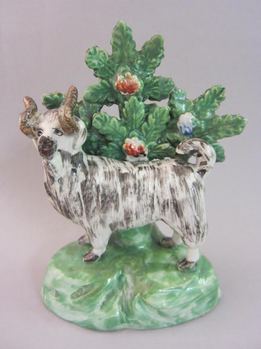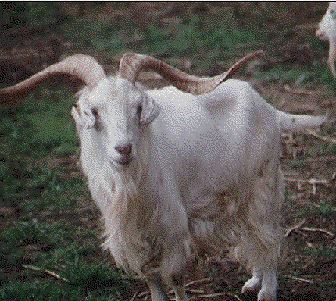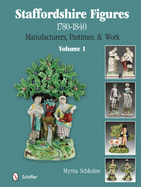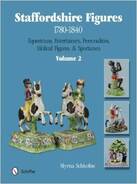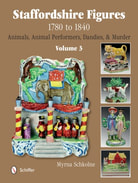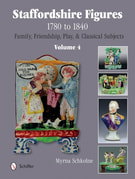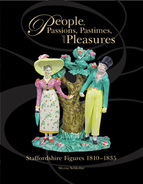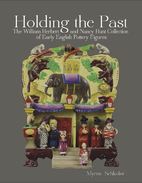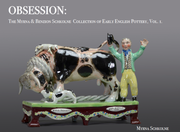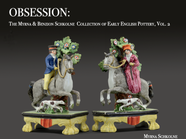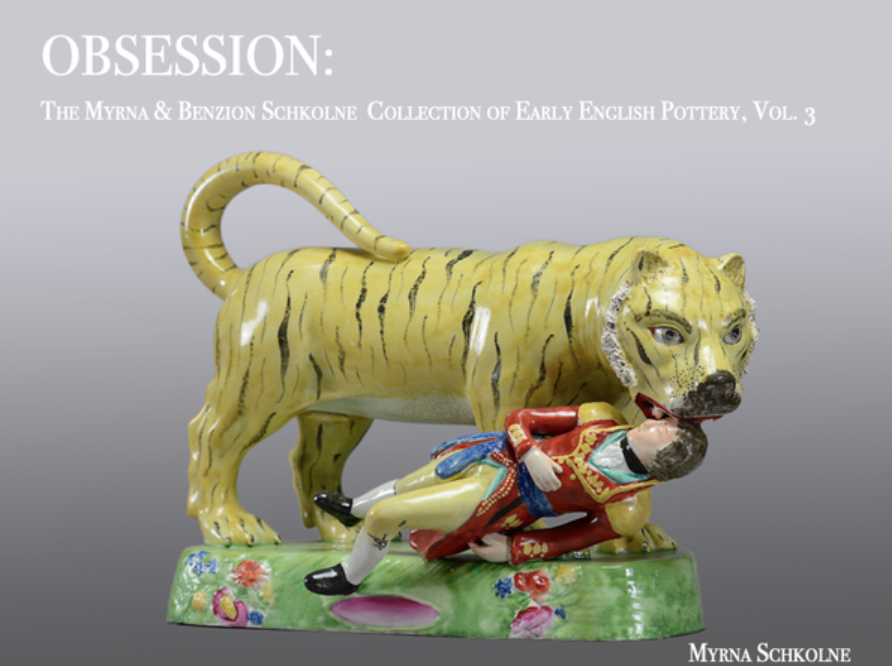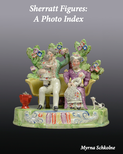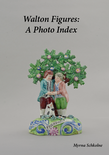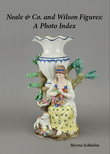Floppy ears and upwardly curling horns are not something you see on any other pearlware goat. In fact, you don't see these on most live goats. The notable exception is the original cashmere goat. Yes, this little figure is indeed the very same goat responsible for softest cashmere yarn.
|
I managed to live most of my life without seeing a real live goat, but about ten years ago I happened to go to a goat farm in Israel and I was smitten by the beauty of their stock. The goats were quite large, with silky coats and meltingly mournful eyes. Let's just say the stench is best forgotten! But, much as liked those goats, pearlware figures of goats, on the other hand, have left me underwhelmed. The animals are rather bony looking and boring, nothing like those sweet Israeli goats. But there is always an exception, and this past week, David Boyer and Ivan Mears listed the sweetest goat on their site...and promptly sold it. This little pearlware goat is unusual for several reasons. First, it is an unrecorded model. Second, the bocage is wonderfully intact--most goats have particularly blitzed bocages. Third, the horns curl upwards. Fourth, the goat has floppy ears. Floppy ears and upwardly curling horns are not something you see on any other pearlware goat. In fact, you don't see these on most live goats. The notable exception is the original cashmere goat. Yes, this little figure is indeed the very same goat responsible for softest cashmere yarn. By 1800, cashmere shawls had found their way to France and they were all the rage in Europe. France set about spinning the yarn, but importing raw cashmere from Tibet through Russia was an arduous undertaking, so a famous expedition set off to acquire France's own herd. Of the 1,500 animals rounded up, only 256 made it back to France in 1819. Farmers were really not into goats in those days--sheep and cattle were their focus--so there was no rush to establish this breed. But a few wealthy gentleman farmers experimented with the goats, and so it came about that an English gentleman by the name of C.T. Tower bought two female and two male goats for his farm in Essex. By 1828, his efforts had paid off, and the Society for the Encouragement of Arts, Manufactures, and Commerce awarded him a gold medal for successfully rearing a herd of cashmeres. Perhaps one of Mr. Tower's goats inspired the lovely little goat sold by Mears and Boyer.
0 Comments
Leave a Reply. |
Archives
February 2024
All material on this website is protected by copyright law. You may link to this site from your site, but please contact Myrna if you wish to reproduce any of this material elsewhere. |
